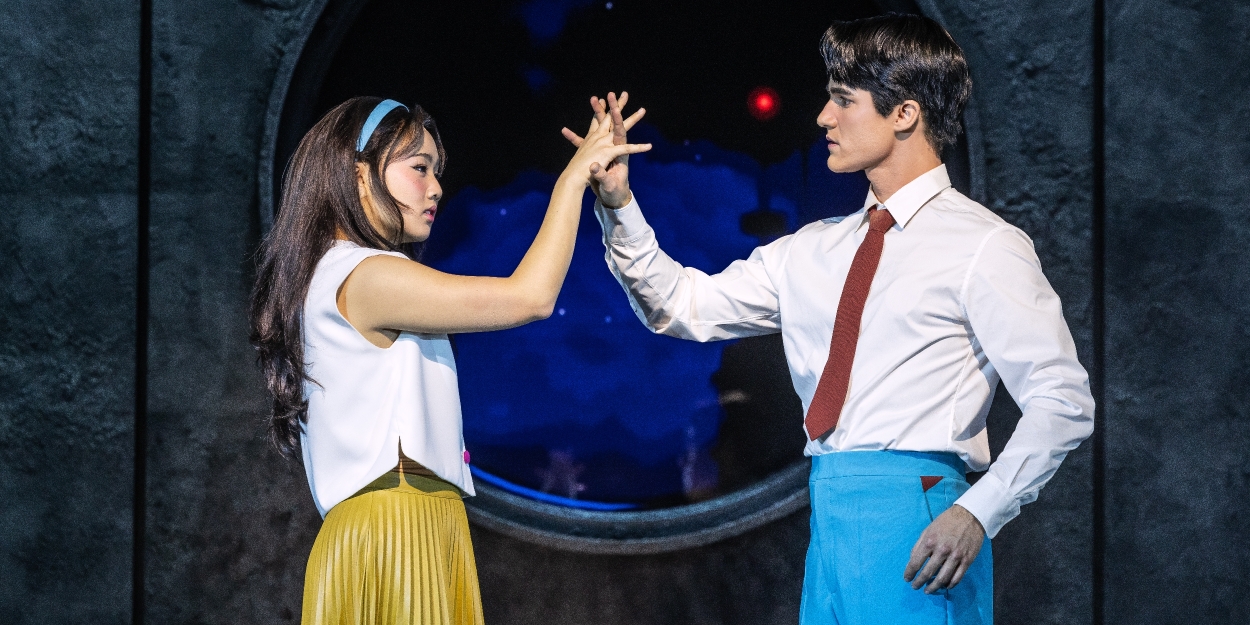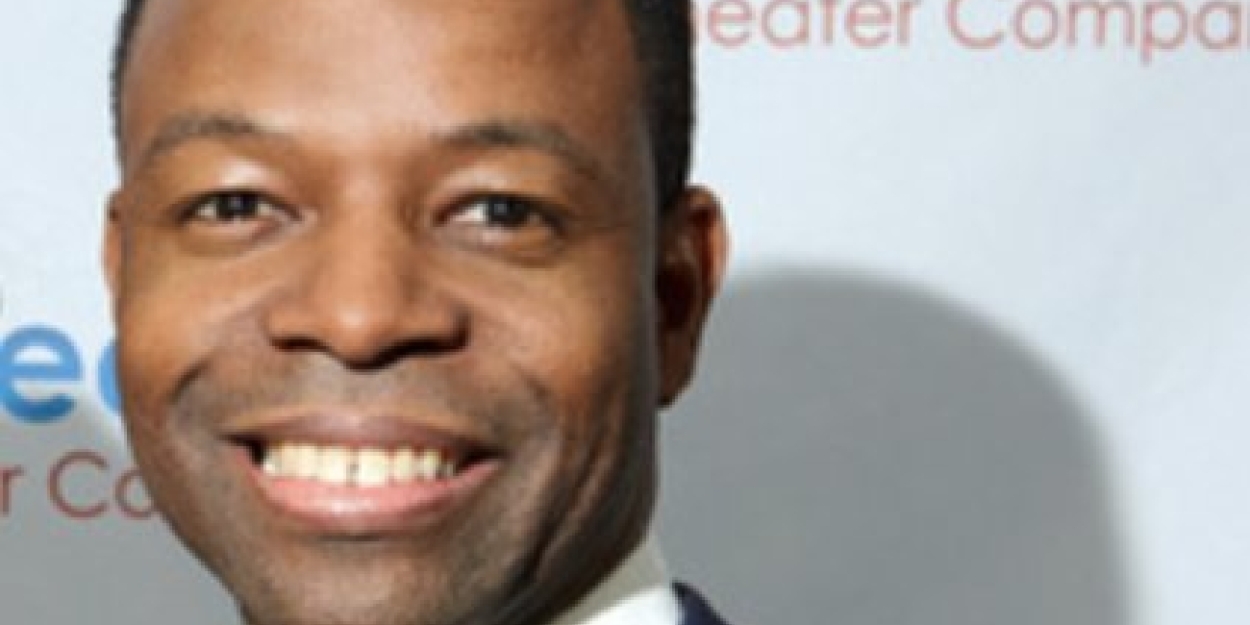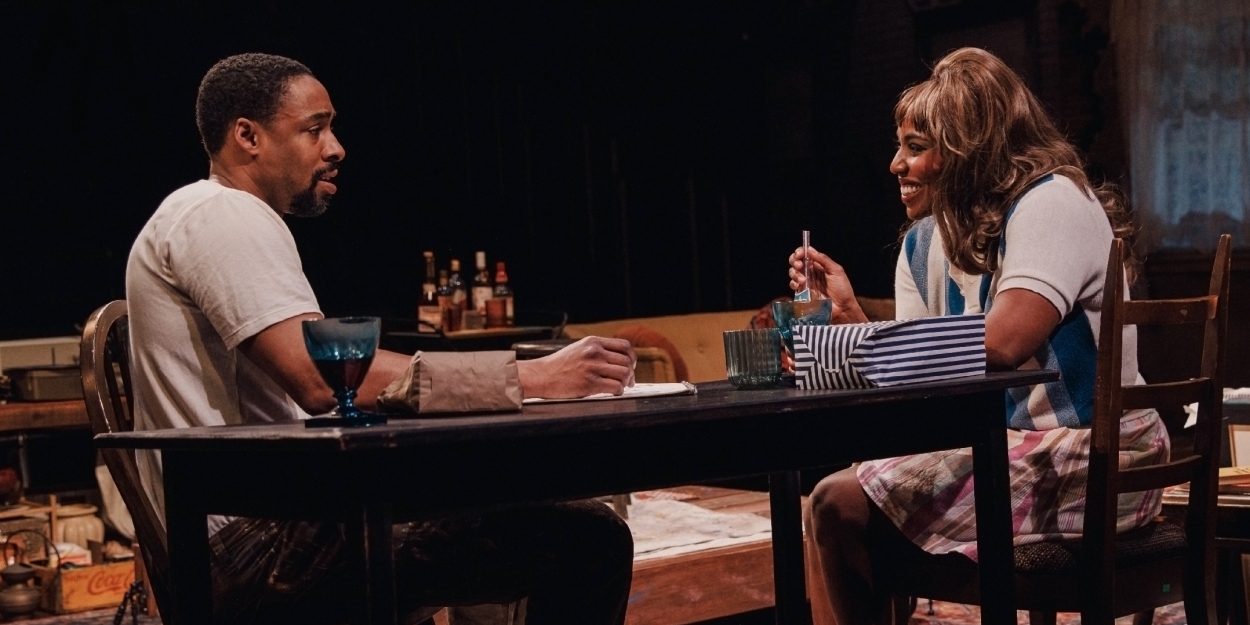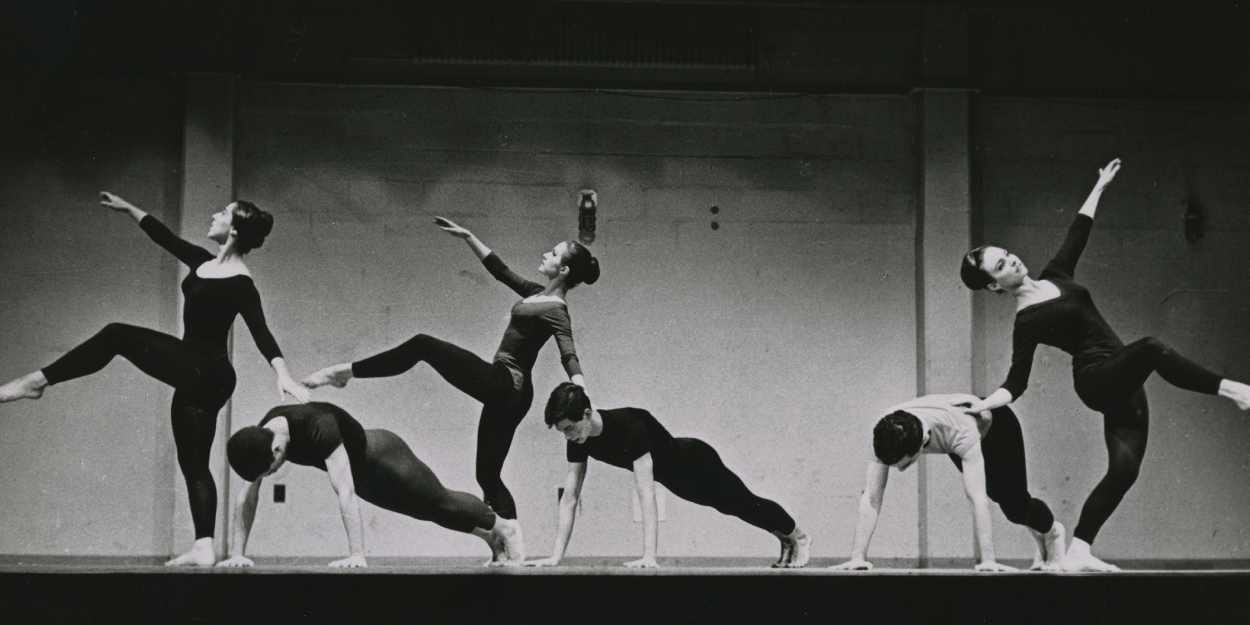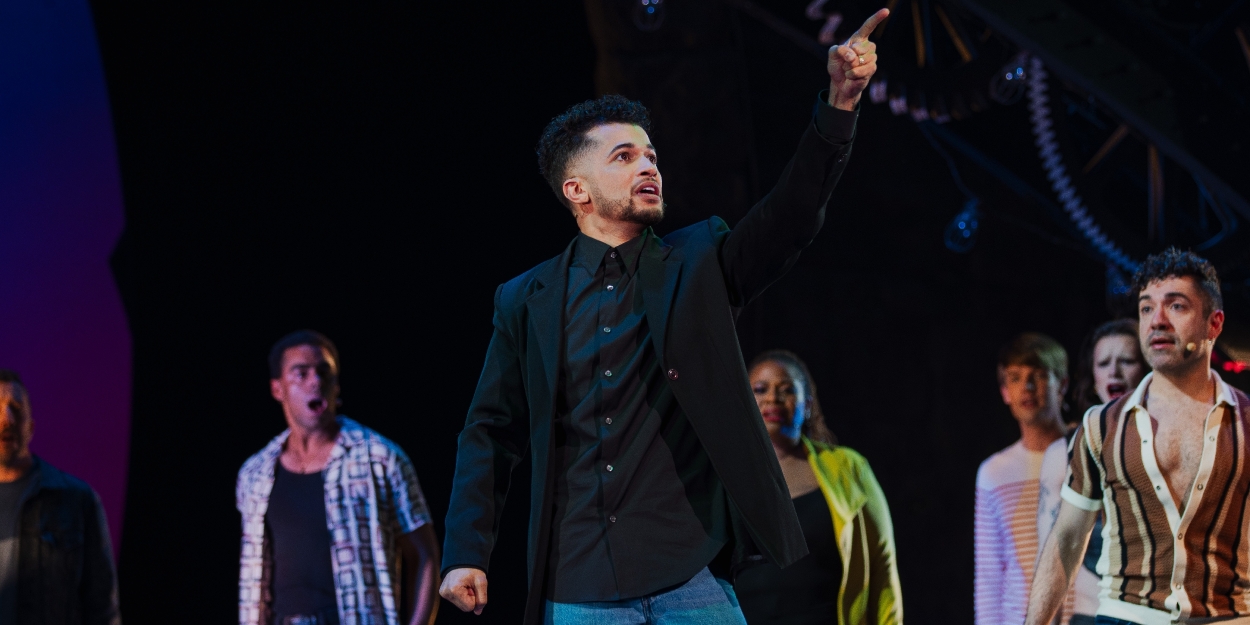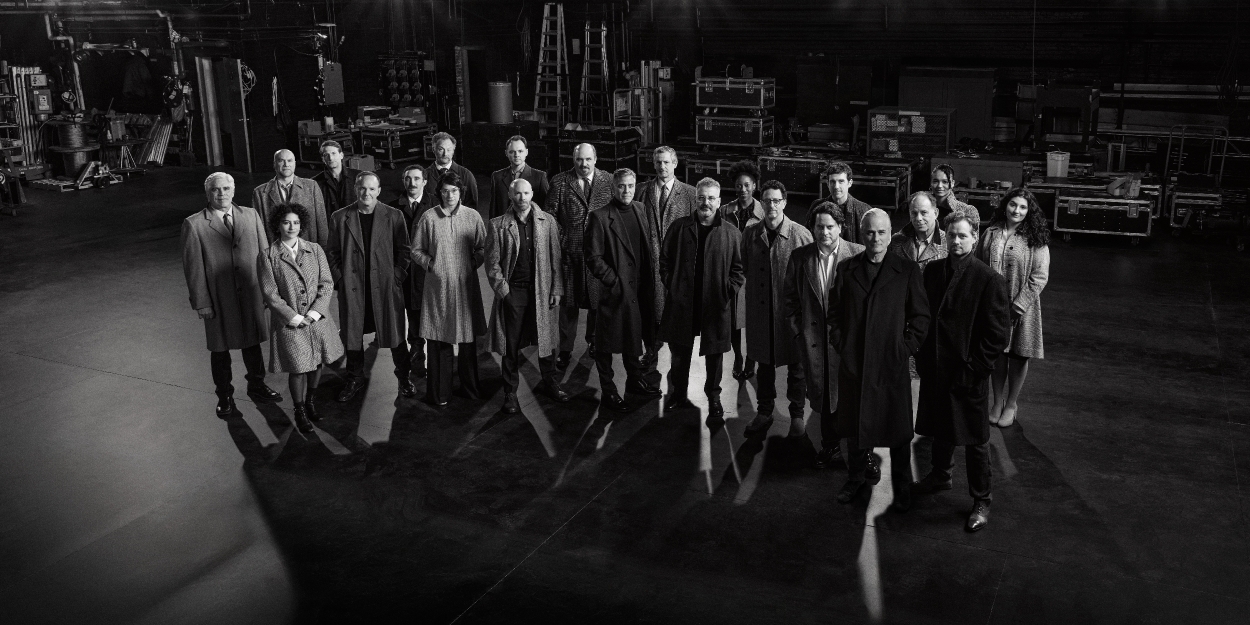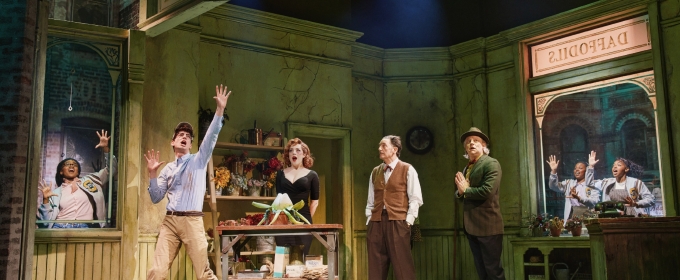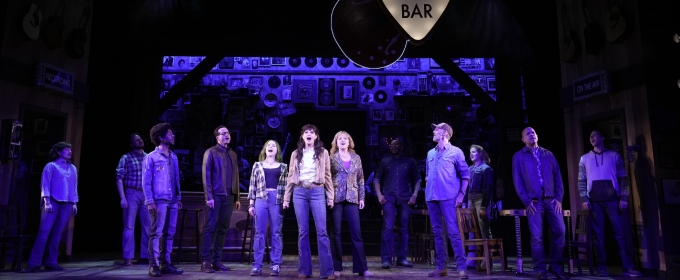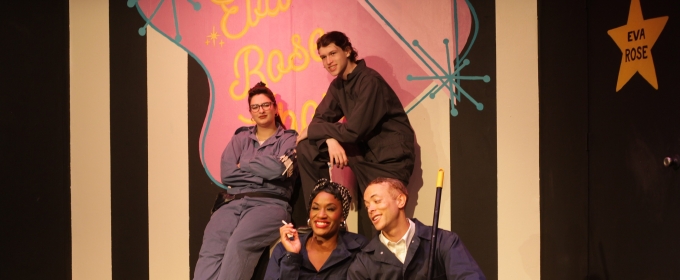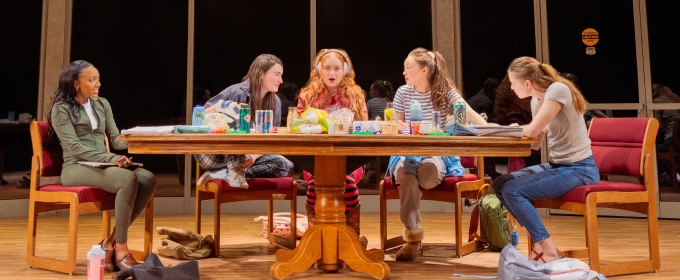Trending Stories
Recommended for You
THE QUEEN OF VERSAILLES, Led By Kristin Chenoweth, Gets Broadway Theater and Dates
The new musical will open at the St. James Theatre in fall 2025.
Curtains Fall at the Kennedy Center: What Is Trump Doing and Why?
We're breaking down all of the latest updates from Trump's Kennedy Center takeover.
Jean Smart Will Return to Broadway in One-Woman Show CALL ME IZZY
The 12-week limited engagement will play Studio 54 from May 24 – August 17, 2025.
Meet the Cast of SMASH, Beginning Previews Tonight on Broadway
The production will officially open Thursday, April 10, 2025 at Broadway’s Imperial Theatre.
Ticket Central
Industry
West End

Video: Marisha Wallace Performs 'Maybe This Time' From CABARET
Wallace stars as Sally Bowles, alongside Billy Porter as Emcee, in the London production of Cabaret at the Kit Kat Club until 24 May 2025.
Wallace stars as Sally Bowles, alongside Billy Porter as Emcee, in the London production of Cabaret at the Kit Kat Club until 24 May 2025.
New York City
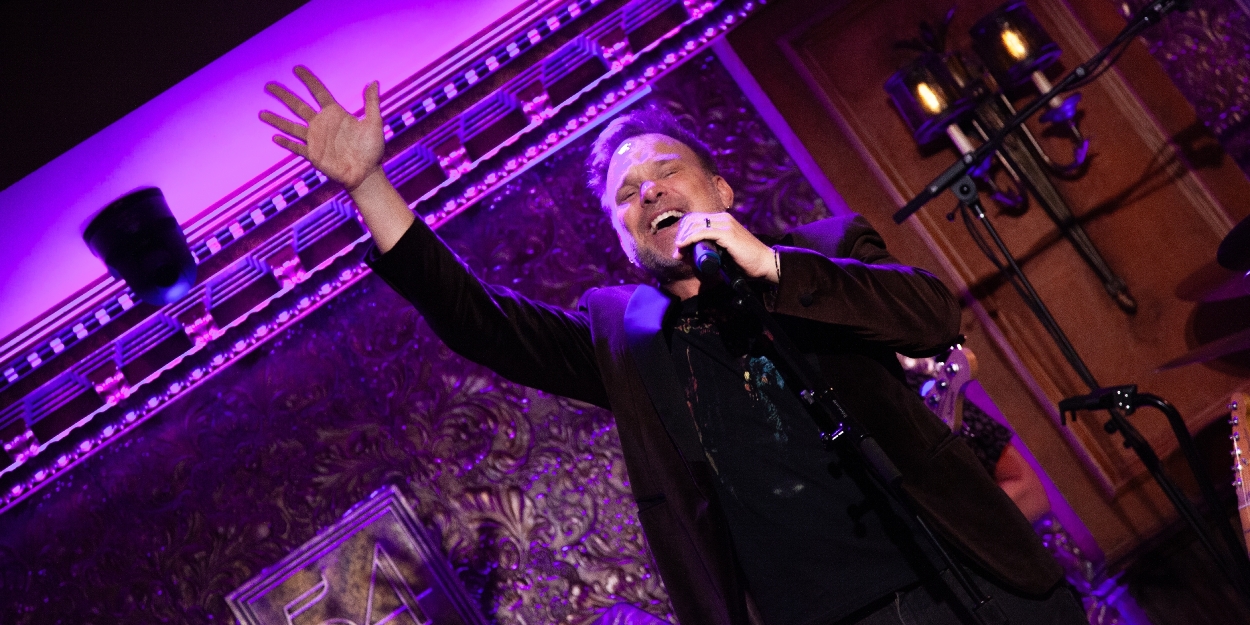
Review: Norbert Leo Butz Returns to 54 Below With His Goddesses
After nine years, Mr. Butz brings his unique, spectacular show back to 54th Street.
After nine years, Mr. Butz brings his unique, spectacular show back to 54th Street.
United States

Sara Bareilles to Headline Emerging Artist Benefit Concert at The Music Hall
The fundraiser supports the arts organization’s mission to present up-and-coming artists, and will include an Emerging Artist Grant program.
The fundraiser supports the arts organization’s mission to present up-and-coming artists, and will include an Emerging Artist Grant program.
International

Rodgers & Hammerstein o el inicio de la época dorada de Broadway
Con la llegada de Cenicienta a España, revisamos el legado de la icónica pareja que revolucionó Broadway en los años 40.
Con la llegada de Cenicienta a España, revisamos el legado de la icónica pareja que revolucionó Broadway en los años 40.







